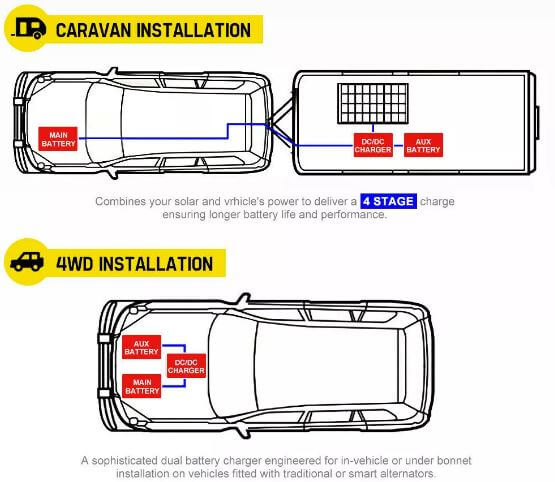How does a dual battery system work
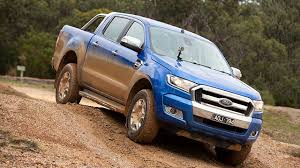 If you’re heading off-road for a camping trip it’s a great idea to have auxiliary power to power electrical accessories (Fridge, lights, winch etc…). So to ensure that you keep power to your main battery (starter) the solution is to set up a dual battery system which mean having two separate batteries working in parallel with each other.
If you’re heading off-road for a camping trip it’s a great idea to have auxiliary power to power electrical accessories (Fridge, lights, winch etc…). So to ensure that you keep power to your main battery (starter) the solution is to set up a dual battery system which mean having two separate batteries working in parallel with each other.
A Dual battery system will always allow you to start up your vehicle with your original battery and, using your second battery, you’ll also be able to optimise available power at camp and minimise any risk of running out of power while using your fridge, lights and any other camp accessories.
There is many ways to set it up depending on the vehicle (4X4, Caravan, Trailer, Ute) or convenience that you choose.
You can either use a Battery box or a fix deep cycle battery but in both they must be properly secured ideally close to the alternator to maximise charge time.
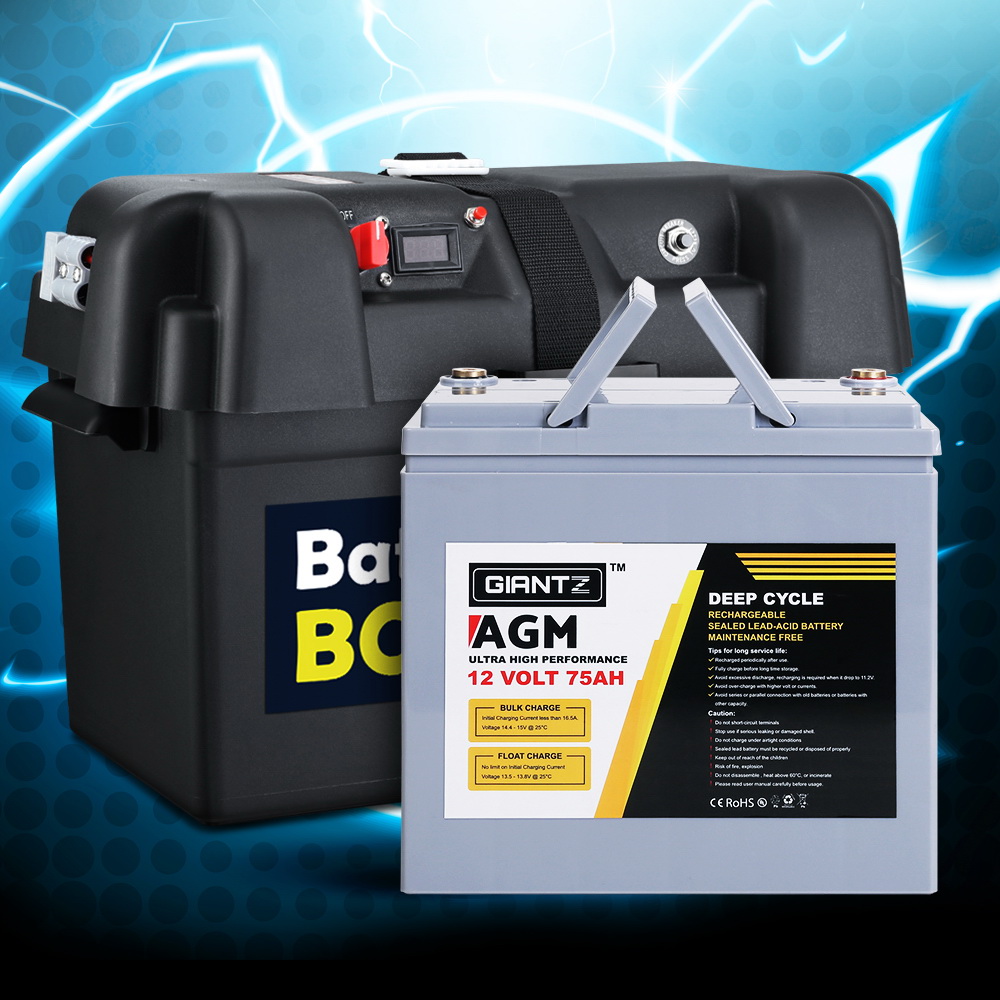
In a Dual battery system both battery charge from the alternator but you need a way to prioritise the charge as you always want to have your starter battery fully charge.
For this reason we would use a Dual battery isolator switch that will automatically switch the charge to the auxiliary battery when the charge of the main battery is reached. The automatic switch will switch back to the main battery if it sees that your main battery drop below a pre-set voltage.
.png)
Some of these type of switch offer another feature that allow to be manually controlled in case that your main battery is down and you need power from the auxiliary battery to start your car (only to be used for a back up).
For this configuration and peace of mind it’s good to add a dual battery monitor, which allows the user to check voltage levels on both batteries just by checking an in-cabin read-out, it’s also key to maintaining convenient awareness and electronic control over the dual battery system at all times.
.jpg)
Now considering a remotely located battery in a camper trailer or caravan which is a long way from the vehicles alternator. Over this distance the alternator is only trying its best to charge the battery. The biggest downfall in a situation like this is the voltage drop over the distance involved, sometimes at around ten metres or more. An alternator is known not to be the best thing to charge a battery to full capacity, commonly only achieving 80% which is not great for their life span.
So batteries in caravans and camper trailers may need more electronic assistance, these batteries may suffer at the end of a long cable run, requiring the step-up – and constant – voltage that’s provided by a DC/DC charger.
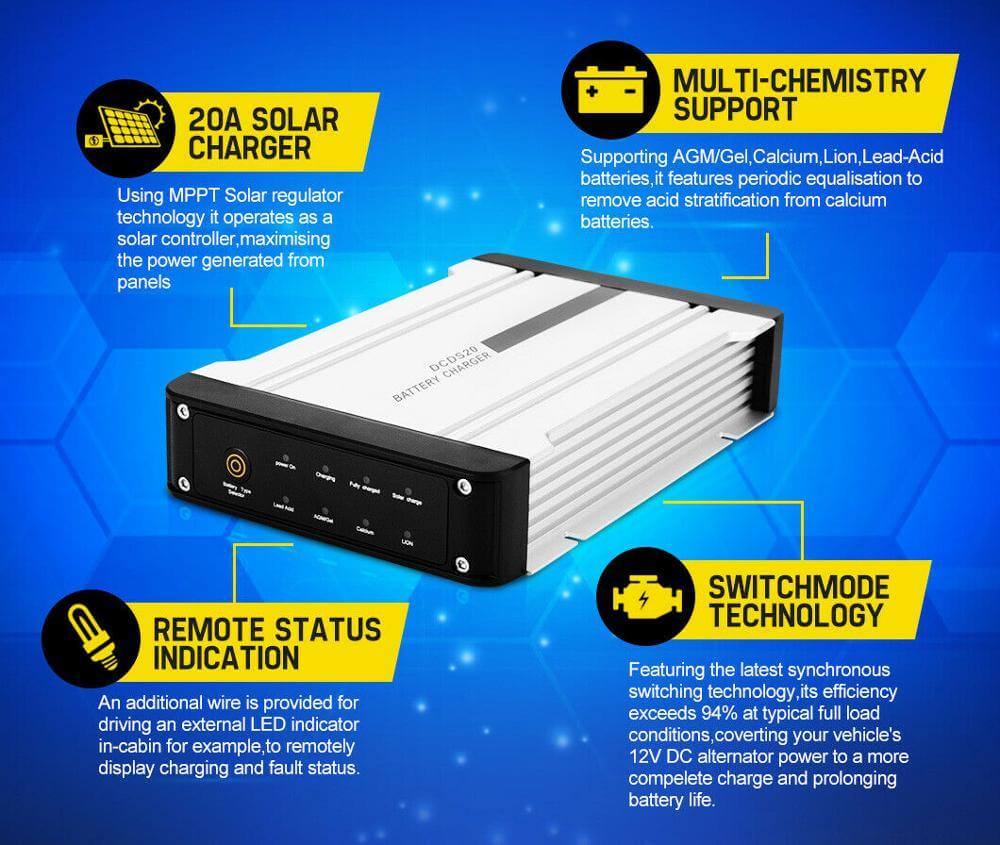
A Dual input charger DC/DC not only charges a battery from an alternator to 100% using the inbuilt 3 stage charger feature, but can also charge from a solar panel using MPPT, extracting the maximum available power from your solar panel at any given time.
This is a huge advancement in solar charging & also a big plus for optimizing your battery. DC/DC Charger are also designed to isolate the auxiliary battery from the main battery to avoid over discharge of the main battery. They turn on above 13.2volts & off at 12.7volts.
This also help improving your battery life.
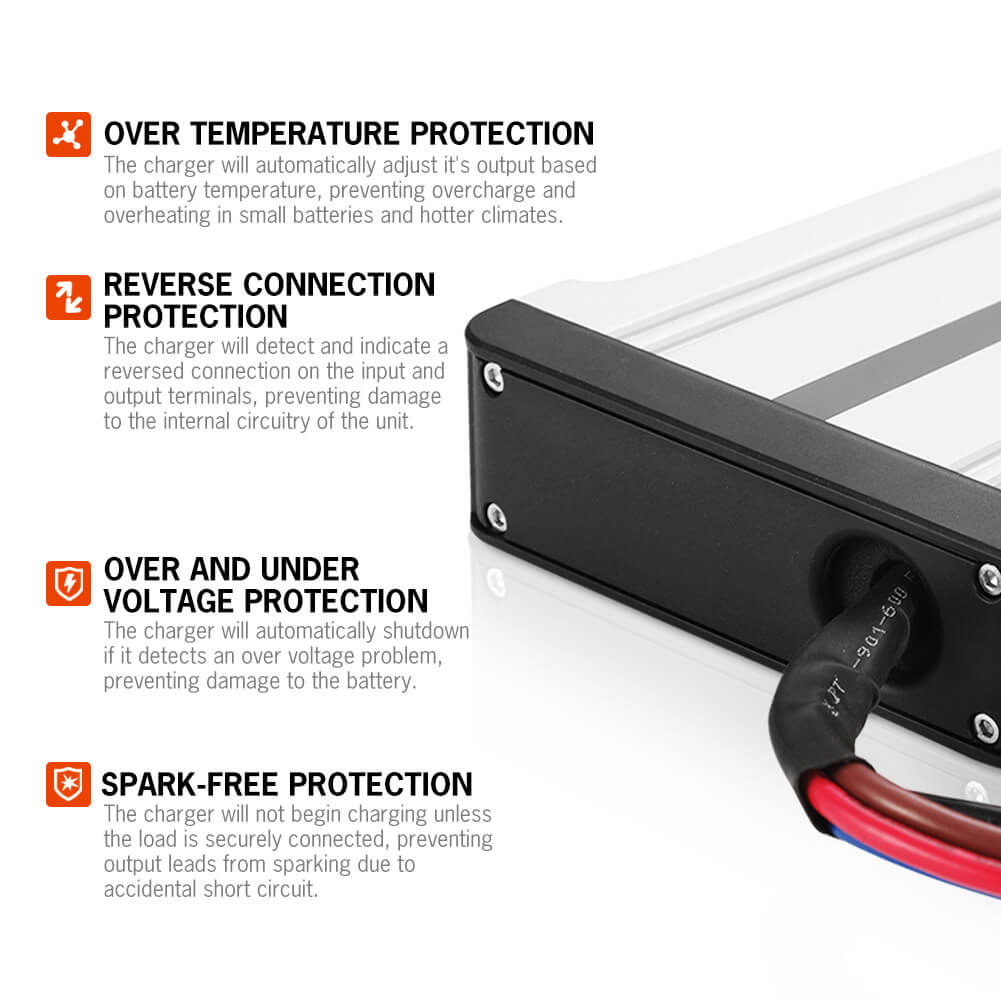
They also accommodate different type of batteries (Lead acid, AGM/GEL, Calcium, LIon)
What is mppt?
MPPT stands for Maximum Power Point Tracking and relates to the solar cell itself. Each solar cell has a point at which the current (I) and voltage (V) output from the cell result in the maximum power output of the cell. The principle is that if the output from the cell can be regulated to the voltage and current levels needed to achieve a power output at this point, then the power generated by the solar cell will be used most efficiently.
MPPT ensures that you get the most power possible from your solar panels during low light level conditions. All this calculation and regulation results in the output from your solar regulator providing the maximum current possible at the required voltage at any given point. During low light level situations it will compensate for the low light level and find the new point at which the solar cell delivers its maximum power output.
what is 3stage charging?
stage one is also know as boost mode & charges the battery at a constant amperage until the battery voltage reaches around three quarters capacity.
stage two is also known as absorption. This mode maintains the elevated voltage from the bulk phase, but adjusts the amperage accordingly. As the battery charge level approaches capacity, the current approaches zero. Absorption voltage output from the MB3940 for an AGM/Gel is 14.7volts, standard lead acid 14.4volts, Lion 14.4volts & a calcium battery 15.4volts depending on the battery type.
Stage three is also known as float. After the battery is fully charged the voltage is reduced to a lower level to reduce gassing and prolong battery life. This is sometimes referred to as a maintenance or trickle charge, since its main purpose is to keep an already charged battery from discharging. Float voltage for an AGM/Gel, standard lead acid & calcium battery are all the same at 13.3volts.
What is part of a dual battery system, all the accessories required to make your system safe and with all the feature possible often are 6B&S twin core cable, fuse box, circuit breaker 50amp Anderson connectors, crimp terminal, dual voltmeter monitor or a battery capacity meter.
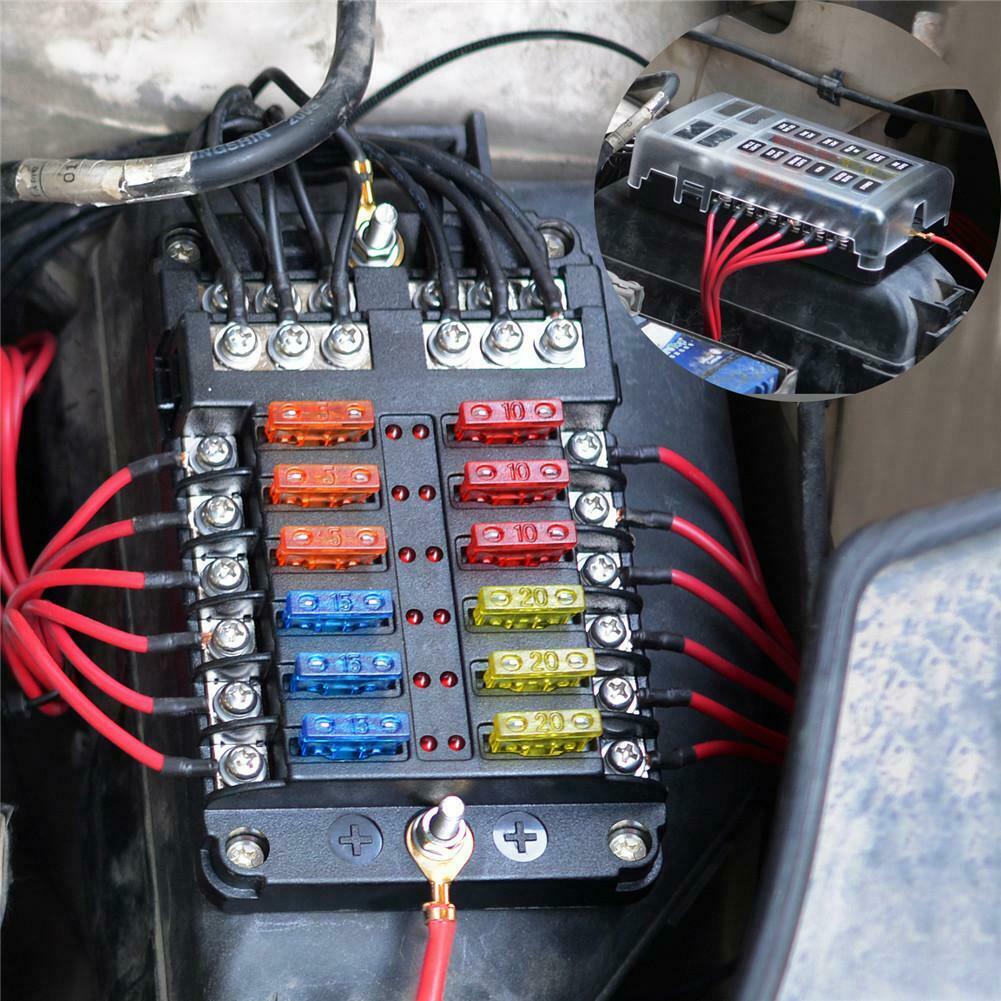
Other factor to consider is where each component will be located this way you can plan the length & size of each cable, the terminals or any other hardware needed.
It is a good idea to make a diagram and have it checked by a auto electrician or someone who knows their 12volt stuff.
General rules for best battery life & optimum performance it is recommended that you only discharge your battery to around 50% capacity.
The auxiliary batteries in 4wd's or camper trailers are more often than not, deep cycle or have a deep cycle capacity & used to power a large range of power hungry accessories from 12volt fridges, tyre pumps to lighting. A battery which is charged to 100% has more useability, meaning a longer stay in camp without recharging.

